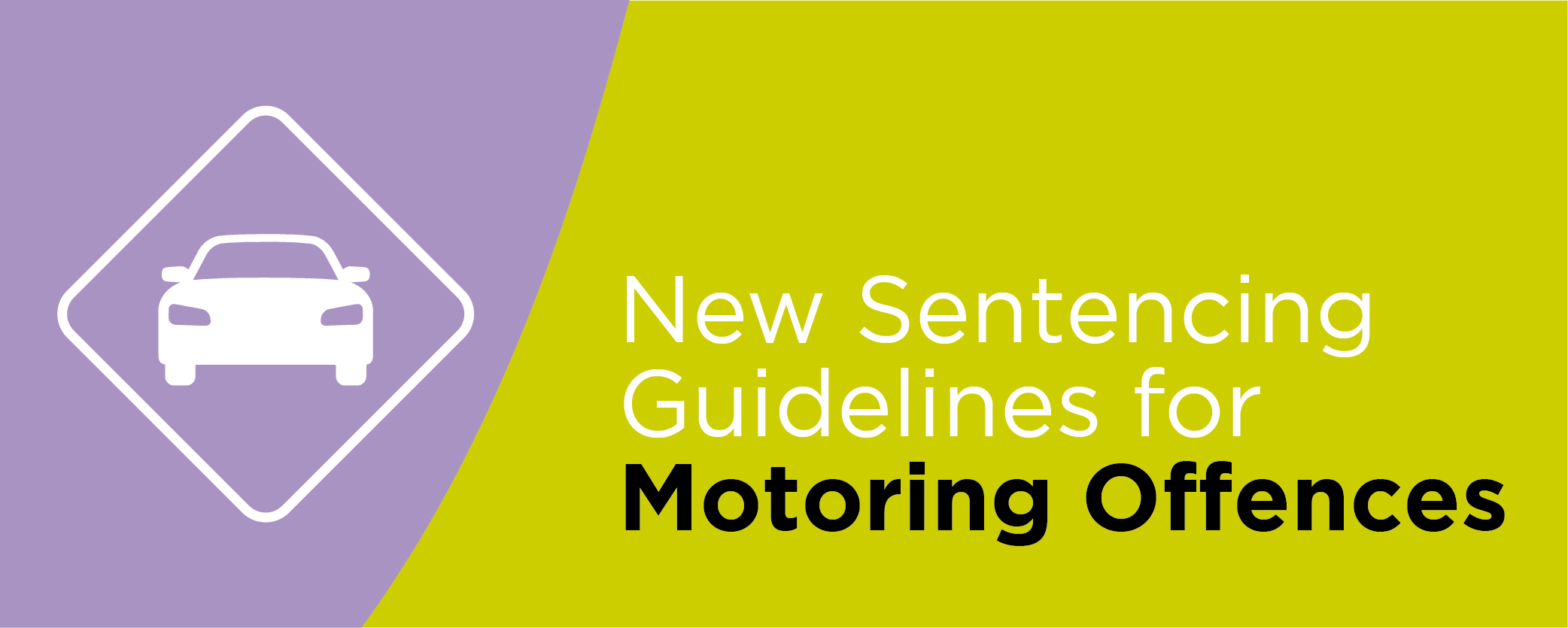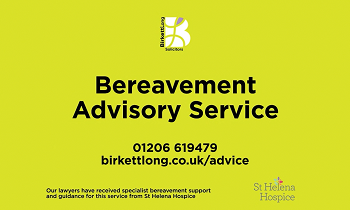- Basildon 01268244144
- Chelmsford 01245453800
- Colchester 01206217300
- London 020 4586 1280

On 15 June 2023, the Sentencing Council published 12 new and revised sentencing guidelines for those convicted of motoring offences in England and Wales. The new and revised guidelines, which apply to adults only come into effect on 1 July 2023.
The changes include updates to the following guidelines that were originally published in 2008, and now reflect a new maximum sentence for some offences. The revised guidelines include:
- Causing death by dangerous driving
- Causing death by careless driving when under the influence of drink or drugs
- Causing death by careless driving
- Causing death by driving while disqualified
- Causing death by driving whilst unlicensed or uninsured
- Dangerous driving
New guidelines published for offences that have been created since the guidelines were originally published include:
- Causing serious injury by dangerous driving
- Causing serous injury by driving while disqualified
- Causing serious injury by careless driving
- Causing injury by wanton or furious driving
- Driving or attempting to drive with a specified drug above the specified limit
- Being in charge of a motor vehicle with a specified drug above the specified limit
What do the new guidelines for motoring offences mean for sentencing?
The new guideline for causing injury by wanton or furious driving includes where motorists cause injury, or death, off-road such as in a field or dirt-track or whereby a cyclist causes death or injury at any location.
Looking at this guideline, it relates to an offence charged under section 35 of the Offences Against the Person Act 1861 and is triable on indictment only. This means that this is an offence that can only be dealt with in the Crown Court, and the maximum sentence the Court is able to impose is one of 2 years imprisonment.
The guidelines make it clear which type of injury would fall into which category of harm; death or a grave/life-threatening injury would be Category 1 where encompassing all levels of culpability, the sentencing range would be a medium level community order to 2 years imprisonment.
Also, for the first time since the offences under section 5A of the Road Traffic Act 1988 (driving or attempting to drive or being in charge of a motor vehicle with a specified drug above the specified limit) came into force in March 2015, there will be definite guidelines.
Prior to 1 July 2023, there has only been guidance on how these offences should be sentenced, which did not carry the same authority as sentencing guidelines and the Courts were not obliged to follow the guidance.
The main distinction between the sentencing guidelines for the offences relating to drug driving compared to those of driving or attempting to drive or being in charge with excess alcohol is that there are clear ranges for how much of a specified drug detected in a person’s blood like with alcohol limits.
The way in which the Court will need to consider the level of harm in these cases is looking at whether there were obvious signs of impairment or evidence of an unacceptable standard of driving.
In the event that you find yourself in trouble with the police it is imperative that you seek specialist legal advice.
For any further advice on any of the above, please call Zoe Hosking on 01206 217323 or email zoe.hosking@birkettlong.co.uk



Comments